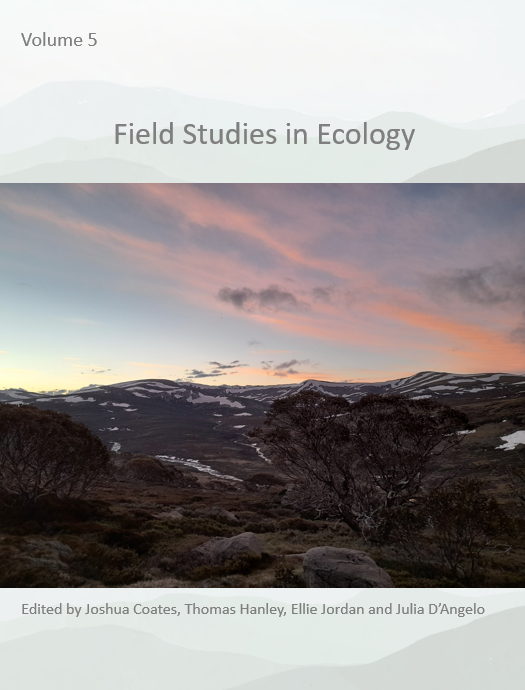Effect of elevation and plant communities on the flight behaviour of Lepidoptera in Kosciuszko National Park, Australia
Main Article Content
Keywords
Abstract
Lepidoptera play a critical role in ecosystem functioning and are especially vital to the plant-pollinator network in alpine regions. Both their functional traits and broader environmental filters strongly influence their performance in the environment. This study aims to address the lack of research on the functional traits of Australian alpine diurnal Lepidoptera by examining whether their flapping rate differs across elevations and/or plant communities. Field surveys were conducted over four sites in Kosciuszko National Park, comprising heathland and woodland communities at both low and high elevations. Videos of Lepidoptera in flight were recorded and analysed to obtain flapping rates. The results indicate that elevation and plant community interacted to affect flapping rates. Within heathland communities Lepidopterans found at higher elevations exhibited a greater flapping rate than those found at lower elevations. On the other hand, there was no effect of elevation within woodland communities. These results correspond with existing literature, which indicate that elevation alone does not affect flapping rates. We suggest that differences in flapping rates between low and high elevation heathland sites may be driven by variation in food sources within heathland communities at different elevations, with resultant feeding habits imposing constraints on flight behaviour.

